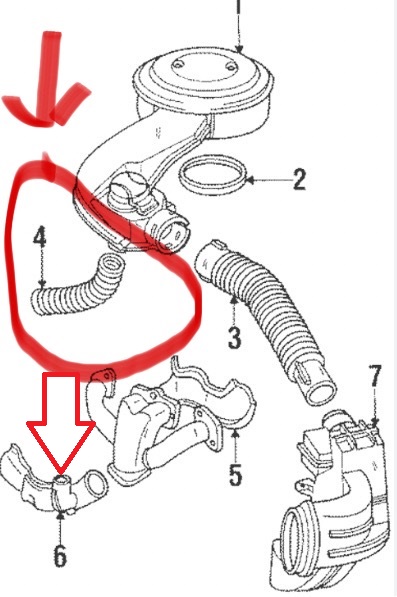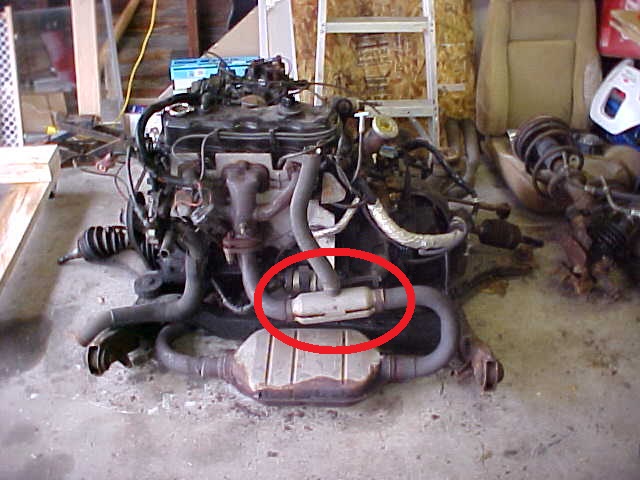| | | quote | Originally posted by Dennis LaGrua:
The 2.8L uses a cold air (outside) intake tube and it never seems to cause any problems. This seems to raise the question of whether the hot air tube is needed on the 2.5L. |
|
I'm no expert of course, but I know that ThermAC systems are common on TBI systems. I've never seen ThermAC on MPFI or SFI systems. My impression is that the ThermAC is essentially, the "automatic choke" for throttle body injected GM systems.
On the V6 of course, the ECM handles it much differently... it has the cold start injector which provides more fuel initially for it to run better, and also circulates hot coolant (directly from the engine block before the thermostat).
The ThermAC on the 4 cyl is actually a really good system when it's hooked up properly. It basically helps keep the engine at operating temperature, and helps it warm up much more quickly. To that point, once the motor is warmed up, it STOPS pulling hot air, which is better than the stock system on the 2.8 (which constantly sends hot coolant through the throttle body).
I had an 84 Fiero back in the day when I lived in South Florida. I remember the TBI was missing the heater tube (like the OP here), and it was in the dead of winter... maybe low 30s, but not freezing... so guesing maybe like mid 30s. And I was cruising down the highway and I was losing a little bit of power. I'd pull off to the side, and by the time I got out of the car, the thing was running better. It was starting to freeze up. Of course, this was Florida, and it was a rare situation where there was a lot of humidity, but it was still nearly freezing outside. Never happened again, but I'd imagine this might be more of an issue in the North East.
For the OP: Anyway, it basically diverts hot air from around the exhaust to make the engine warm up more quickly. It also helps prevent hesitation, studdering, and other things. It doesn't take any heat from the catalytic converter, it takes it from heat shielding that mounts to the exhaust pipe that sits directly above that (see picture above). I have a new one of these, but I recommend using the heat shielding from one of the replacement manifolds if you can.
Here's a good video of how a ThermAC system works:
Keep in mind, this is a 1984 Corvette. The only reason why someone bothered to make a video is BECAUSE it's a Corvette... otherwise most people usually don't care enough, haha... but you can see how the system works. Note that the 84 Corvette has two thermac doors, one on the driver's side, which is the primary, and the passenger side one which augments it. I'd say by and large, it improves performance in the lower rpms and around-town driving, and under different situations. But, I'd be lying if I said the ThermAC system probably wasn't ideal for top-end performance... but I don't think it really affects anything...
Here's a video of what a totally stock 4 cyl engine in a Fiero looks like when started, and going through "all the various stages" as it warms up. I caveat that the motor is barely broken in, rings still haven't properly seated.
| | | quote | Originally posted by Monroefiero1986:
I have driven it quite a bit and haven’t noticed it running roughly rough. It idles nicely too. I guess my concern would be driving on the gravel road, with that suck up excess dust, and clogged the filter faster.? |
|
I think notionally, because it's closer to the ground, you will pick up more dirt, but largely that's only when the car is cool.
.
I'll say... you can drive / operate without the ThermAC, but warming up the car and initial drive won't be great. Once the car's warmed up, it more or less doesn't do anything.
[This message has been edited by 82-T/A [At Work] (edited 02-11-2025).]






















